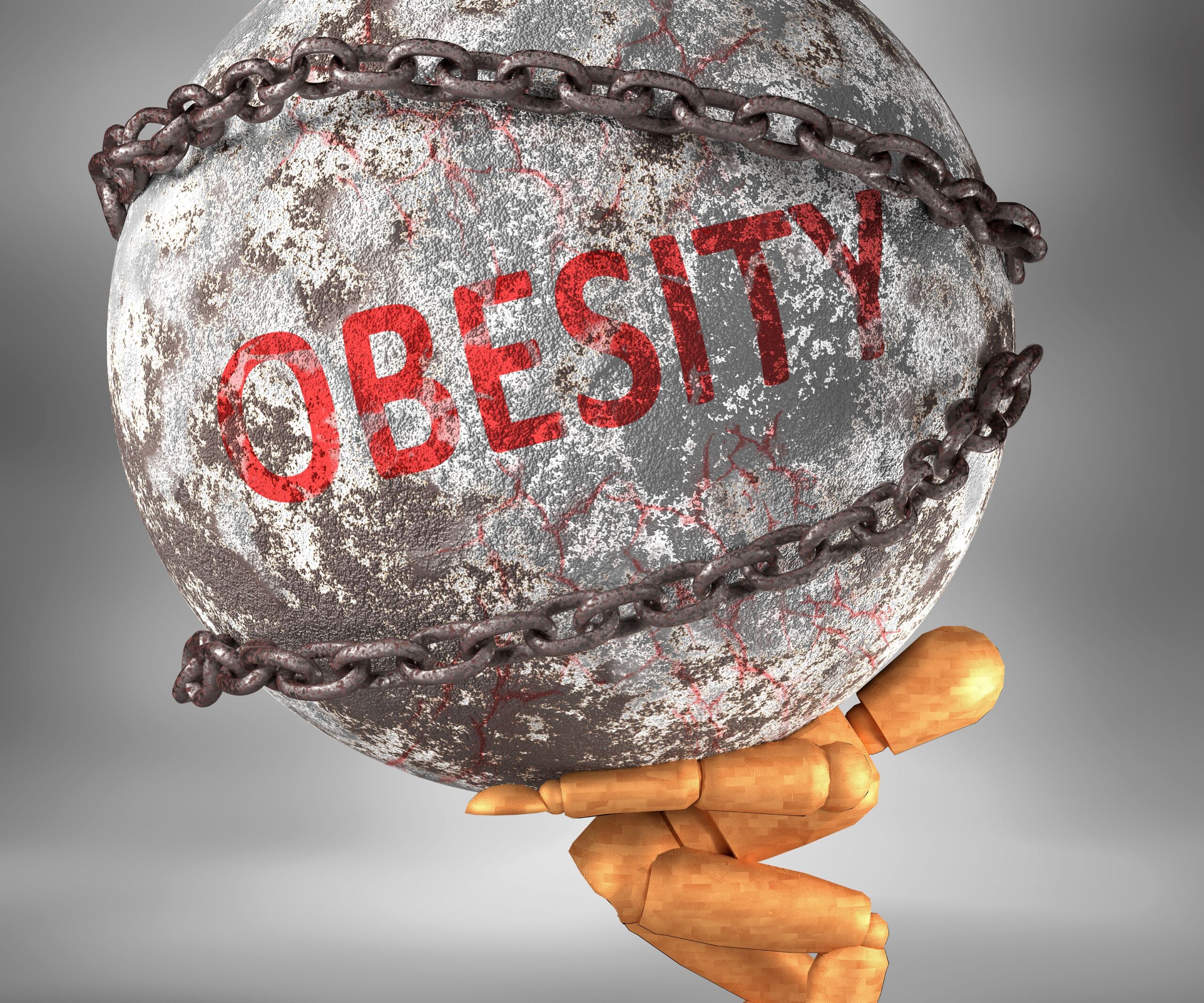The data lists those states as being Alabama, Arkansas, Delaware, Georgia, Indiana, Iowa, Kansas, Kentucky, Louisiana, Mississippi, Missouri, Nebraska, North Dakota, Ohio, Oklahoma, South Carolina, South Dakota, Tennessee, Texas, Virginia, West Virginia and Wisconsin, and this is 3 more states than there was in 2021.
“Our updated maps send a clear message that additional support for obesity prevention and treatment is an urgent priority,” said Dr. Karen Hacker, director of CDC’s National Center for Chronic Disease Prevention and Health Promotion.
The map’s data highlights the urgent need to ensure that people have access to healthy foods, places for physical activity, obesity prevention and treatment programs, as well as resources to promote making more healthful choices. The CDC maps also call for more access to proven medications as well as weight loss surgery.
“Obesity is a disease caused by many factors, including eating patterns, physical activity levels, sleep routines, genetics and certain medications,” Hacker said in a CDC news release. “This means that there is no one size fits all approach. However, we know the key strategies that work include addressing the underlying social determinants of health such as access to health care, healthy and affordable food, and safe places for physical activity.”
Certain groups are also more likely to be affected by obesity than others, according to the data. Among the geographic groups with enough data to use for comparison, the number of American states with an adult obesity prevalence rate of 35% or higher was 38 states for Black adults; 33 states for American Indian or Alaska Natives; 14 states for White adults, and no states for Asian-American adults.
Obesity is more important than people realize, being that it increases the risk of many serious health conditions such as poorer mental health, hypertension, gallbladder disease, sleep apnea, osteoarthritis, type 2 diabetes, stroke, heart disease, certain cancers, body pain and difficulty with physical functioning as well as low quality of life.
There are a variety of strategies to help improve health and prevent the development of chronic diseases, as well as to help racial and ethnic populations with the highest risk of chronic disease that are available at the CDC’s Division of Nutrition, Physical Activities, and Obesity. These strategies include food service and nutrition guidelines, fruit and vegetable vouchers and produce prescriptions, safe and accessible family physical activity programs, and support for breastfeeding parents.




